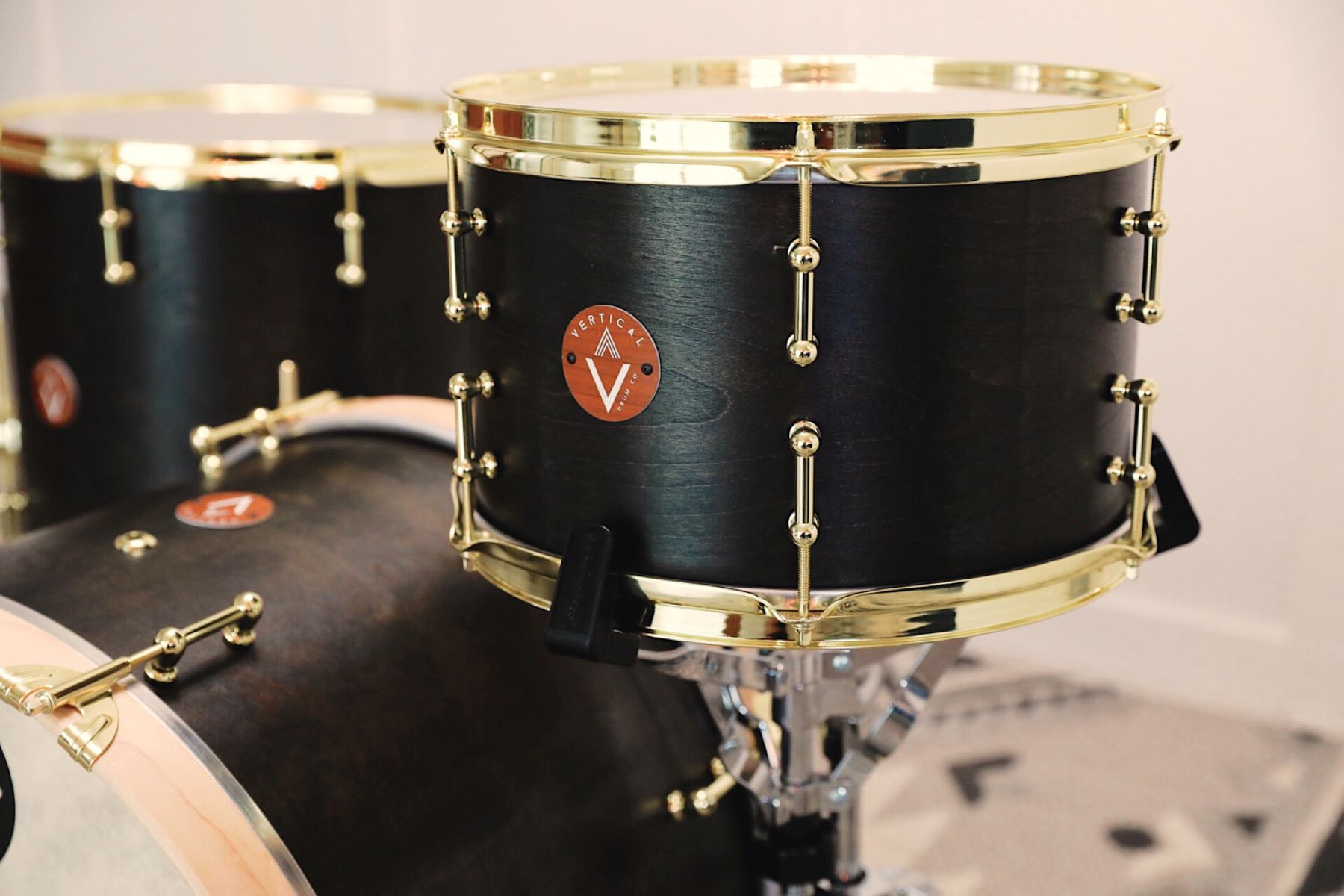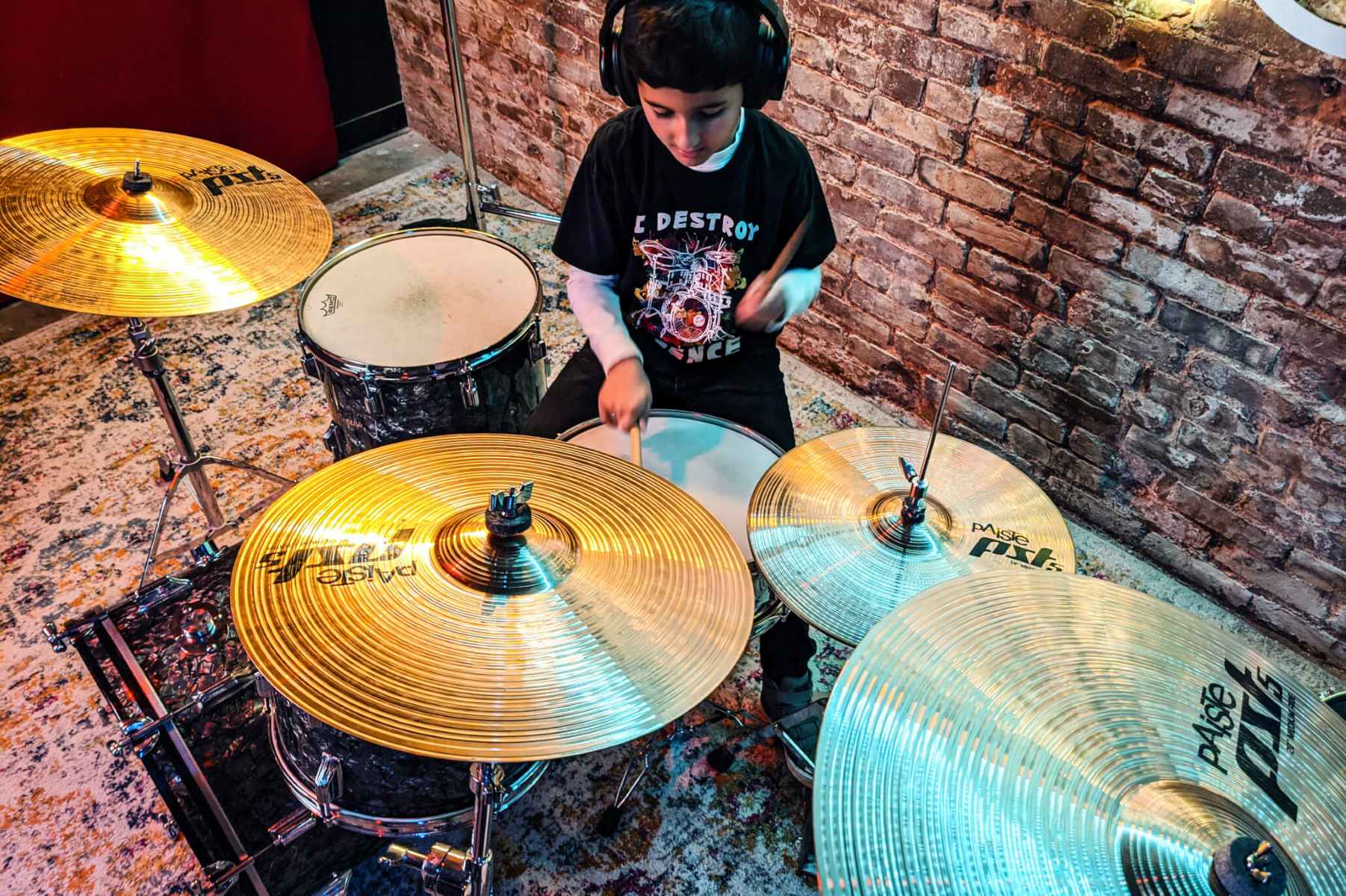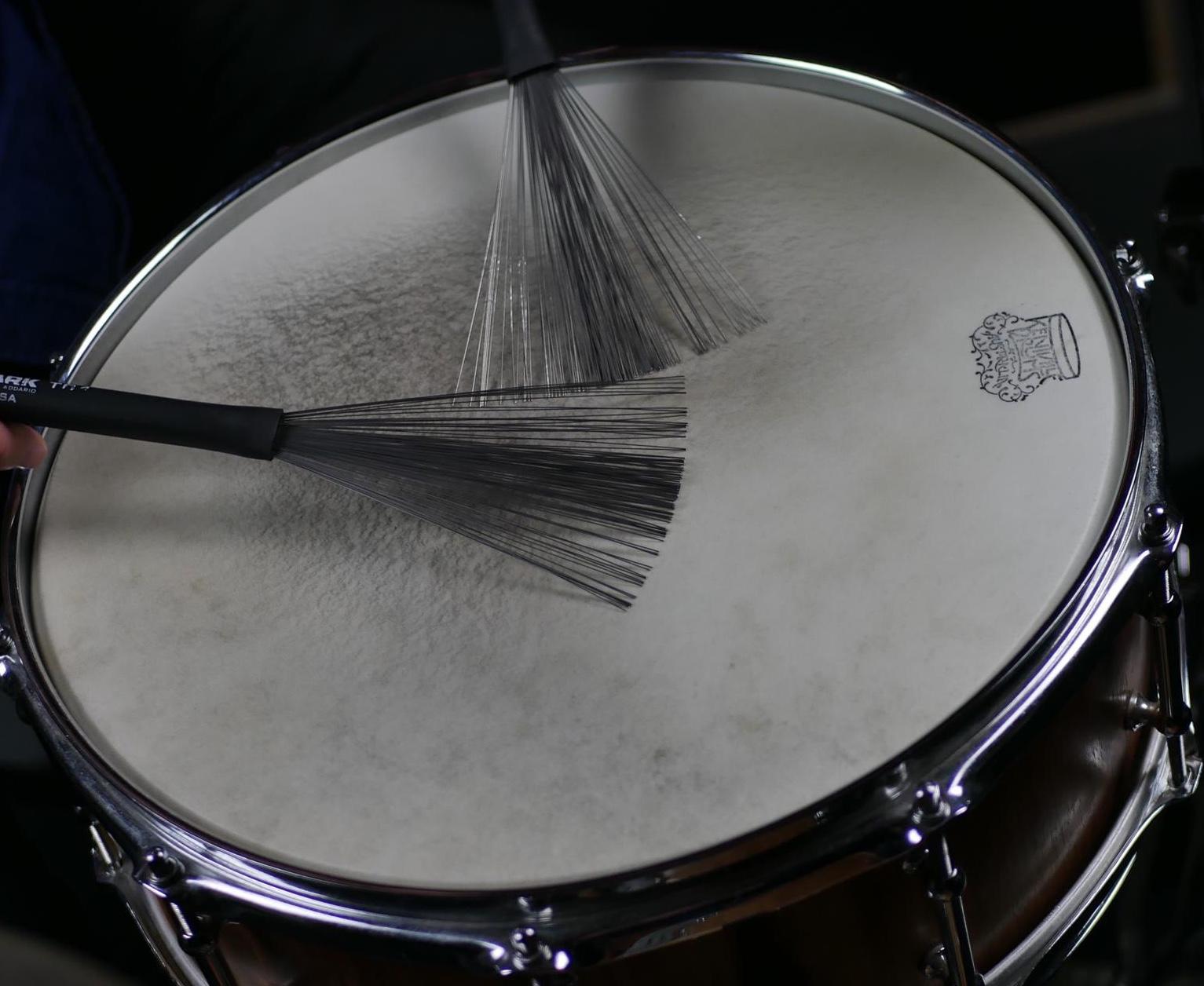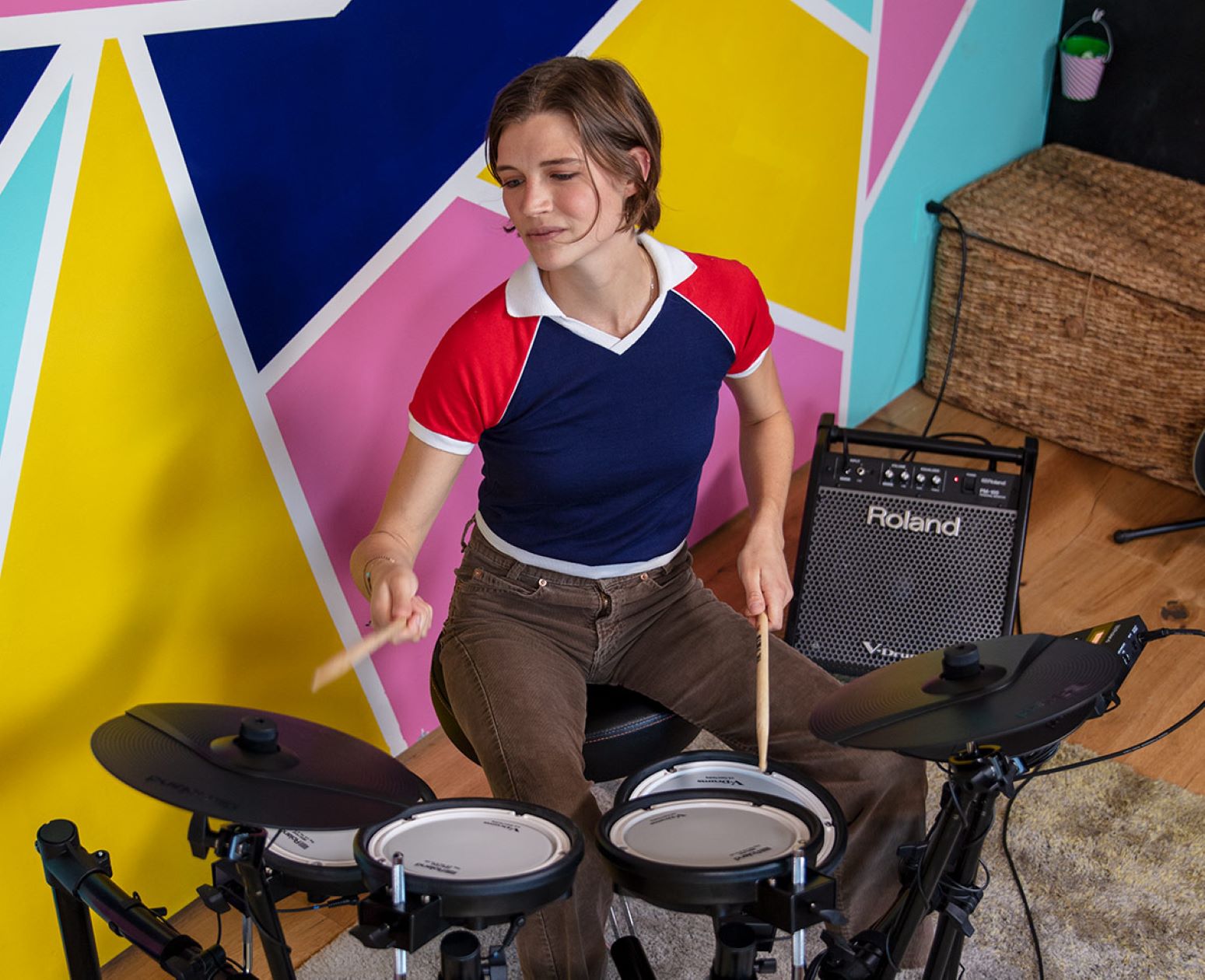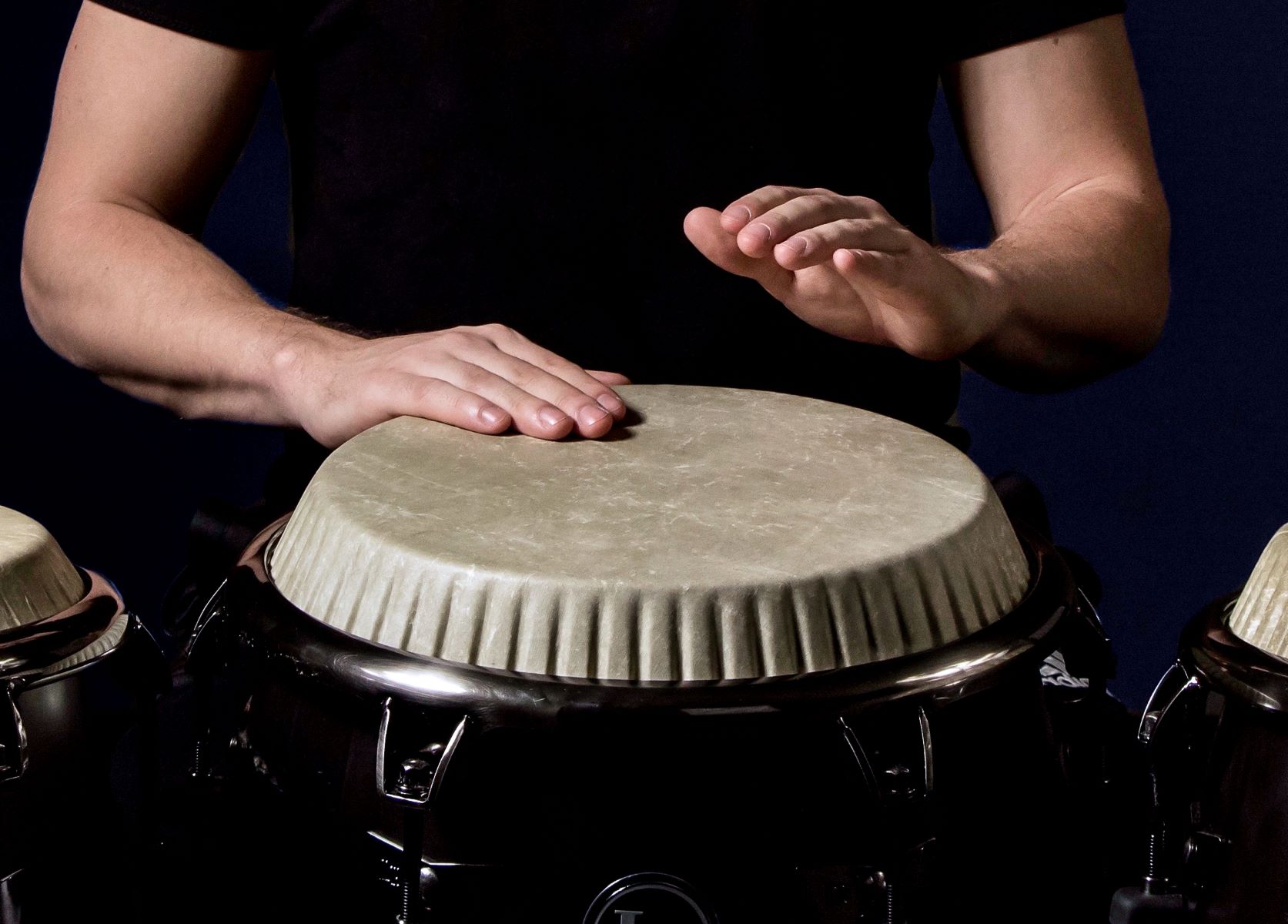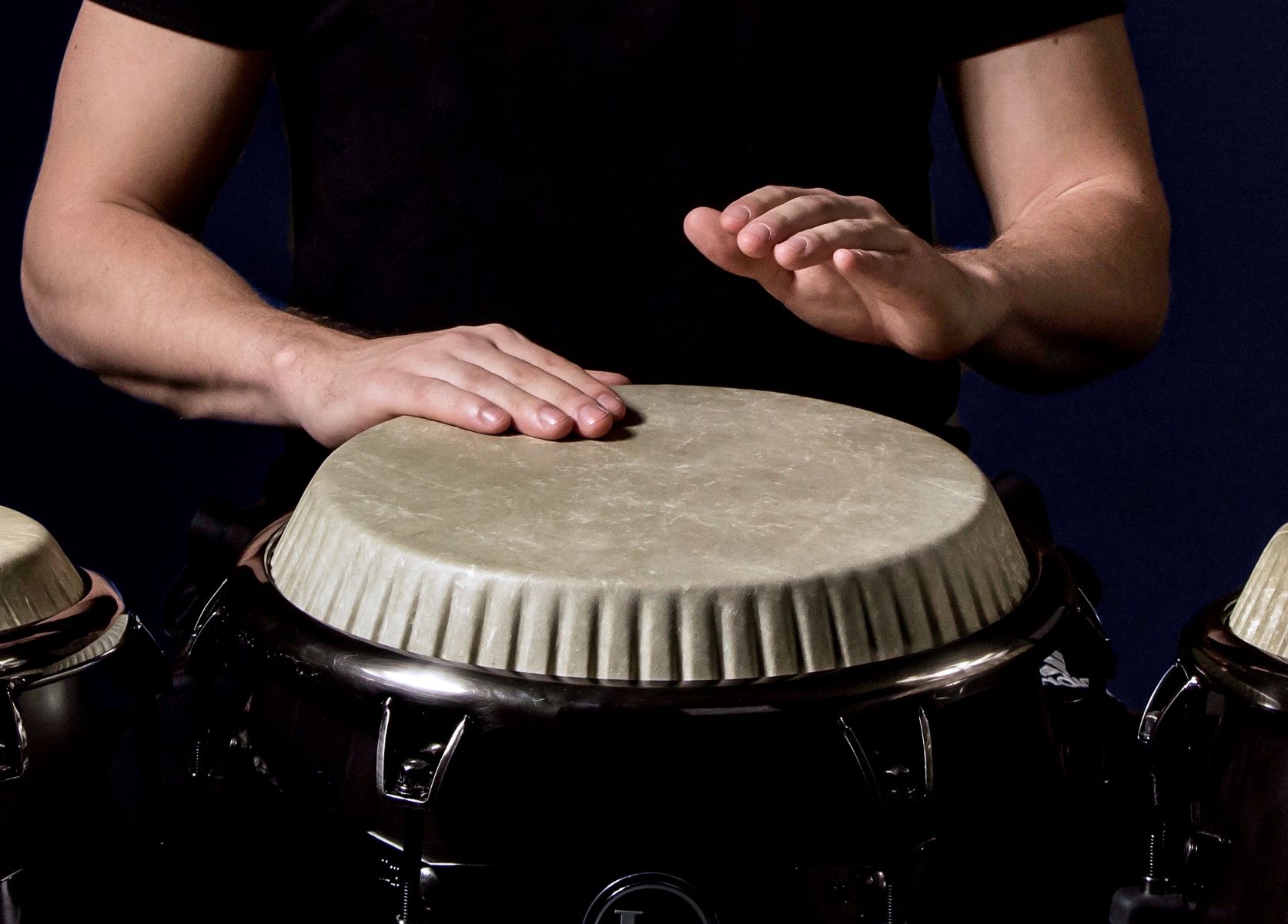Home>Instruments>Drums>How To Pan Drums
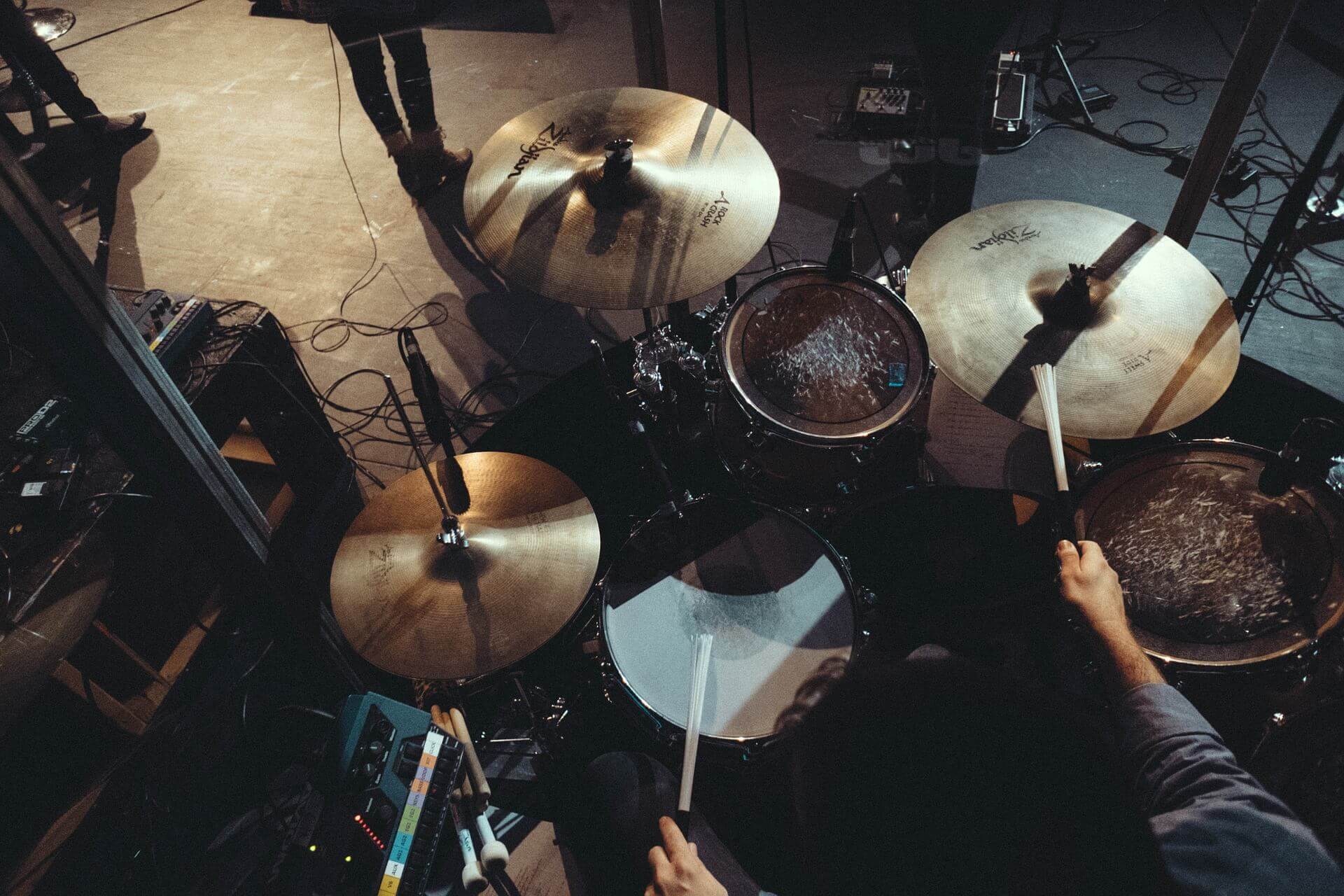

Drums
How To Pan Drums
Modified: February 16, 2024
Learn how to pan drums to create a dynamic and balanced sound. Discover effective techniques for enhancing your drum mixes and achieving professional results.
(Many of the links in this article redirect to a specific reviewed product. Your purchase of these products through affiliate links helps to generate commission for AudioLover.com, at no extra cost. Learn more)
Table of Contents
Introduction
Playing the drums is an exhilarating experience that brings rhythm and energy to any musical composition. Whether you're a professional drummer or a hobbyist, capturing the perfect drum sound is essential for creating high-quality recordings. In this guide, we'll explore the art of panning drums—a crucial aspect of the recording and mixing process that can significantly impact the overall sound and depth of a track.
When it comes to recording drums, the panning technique plays a pivotal role in achieving a balanced and immersive soundstage. By strategically placing the individual drum components within the stereo field, you can create a sense of space and dimension, allowing each element to shine through in the mix. From the thunderous resonance of the kick drum to the crisp attack of the cymbals, panning offers a versatile toolset for sculpting the sonic landscape of a drum track.
Throughout this comprehensive guide, we'll delve into the intricacies of panning drums, covering everything from selecting the right equipment to post-processing and mixing techniques. Whether you're aiming to capture the thunderous power of a rock drum kit or the intricate nuances of a jazz percussion ensemble, mastering the art of drum panning will elevate your recordings to new heights.
Join us as we embark on a journey through the realm of drum panning, unlocking the secrets to creating captivating and dynamic drum mixes that resonate with listeners. Whether you're a seasoned audio engineer or a budding music producer, this guide will equip you with the knowledge and skills to harness the full potential of drum panning in your recording endeavors. So, grab your drumsticks, adjust your headphones, and let's dive into the fascinating world of panning drums.
Choosing the Right Equipment
Before delving into the art of panning drums, it’s essential to ensure that you have the necessary equipment to capture high-quality recordings. The selection of microphones, audio interfaces, and monitoring systems can significantly influence the outcome of your drum panning endeavors. Here’s a breakdown of the key equipment you’ll need:
- Microphones: Selecting the right microphones for drum recording is crucial. Dynamic microphones are commonly used for capturing the punch and impact of the kick drum and snare, while condenser microphones excel at capturing the nuances of cymbals and overhead drum sounds. Additionally, a stereo pair of microphones for room miking can add depth and ambience to the overall drum mix.
- Audio Interface: An audio interface with multiple microphone preamps is essential for capturing each drum component individually. Look for an interface with low-latency monitoring capabilities to ensure seamless tracking and playback during the recording process.
- Monitoring System: Invest in a reliable pair of studio monitors or high-quality headphones to accurately assess the panning and spatial placement of the drums. A flat frequency response and detailed stereo imaging are crucial for making informed mixing decisions.
Furthermore, consider the acoustic environment in which you’ll be recording. Acoustic treatment such as bass traps, diffusers, and absorptive panels can mitigate unwanted reflections and resonances, contributing to a more controlled and accurate recording environment.
By carefully selecting and optimizing your recording equipment, you can lay a solid foundation for capturing the full sonic spectrum of the drums and setting the stage for effective panning techniques. With the right tools at your disposal, you’ll be well-equipped to embark on the journey of crafting compelling and immersive drum mixes through the art of panning.
Setting Up Your Workspace
Creating an optimal workspace for recording and mixing drums is essential for achieving professional-quality results. The arrangement of your recording environment, the placement of microphones, and the configuration of your monitoring setup all play a crucial role in the success of your drum panning endeavors.
Here are key considerations for setting up your workspace:
- Room Acoustics: Assess the acoustic characteristics of your recording space. Minimize reflective surfaces and address any acoustic anomalies that may impact the accuracy of your recordings. If possible, utilize acoustic treatment to control the room’s reverberation and resonance, creating a more controlled sonic environment for drum recording and panning.
- Drum Placement: Position the drum kit within the recording space, taking into account the room’s acoustics and the desired sound characteristics. Experiment with different drum configurations to achieve the optimal balance of attack, resonance, and spatial distribution, laying the groundwork for effective panning techniques.
- Mic Placement: Carefully position the microphones to capture the individual elements of the drum kit. Experiment with various microphone techniques, such as close miking for the kick and snare, and overhead or room miking for capturing the ambience and spatial characteristics of the drums.
- Monitoring Setup: Arrange your studio monitors or headphones in a manner that provides an accurate representation of the stereo field. Ensure that the monitoring system allows you to discern the spatial placement of the drums, facilitating informed panning decisions during the mixing process.
By meticulously setting up your workspace to accommodate the nuances of drum recording and panning, you can lay the groundwork for capturing the full sonic spectrum of the drums and sculpting immersive and captivating drum mixes. A well-organized and acoustically optimized workspace serves as the canvas upon which the art of drum panning comes to life, empowering you to unleash the full potential of your recordings.
Mic Placement
Strategic mic placement is crucial for capturing the nuances and dynamics of a drum kit, laying the foundation for effective panning and spatial positioning in the mix. By positioning microphones in optimal locations, you can capture the individual characteristics of each drum component, from the thunderous kick drum to the shimmering cymbals, with precision and clarity.
Here are key considerations for mic placement when recording drums:
- Kick Drum: Place a dynamic microphone inside the kick drum to capture its low-end punch and resonance. Position the microphone close to the beater or the drum’s resonant head to capture the desired balance of attack and depth.
- Snare Drum: Utilize a dynamic microphone or a condenser microphone to capture the crack and body of the snare drum. Position the microphone above the drum, angled towards the center of the drumhead, to capture the snare’s characteristic snap and resonance.
- Toms: Employ individual dynamic or condenser microphones for each tom drum, positioning them above the drums to capture their distinct tonal characteristics. Adjust the microphone placement to capture the desired attack and sustain of each tom drum, ensuring a balanced representation in the mix.
- Overheads: Utilize a stereo pair of condenser microphones positioned above the drum kit to capture the overall ambience and spatial characteristics of the drums. Experiment with different stereo techniques, such as spaced pair or coincident pair, to capture a balanced representation of the drum kit’s stereo image.
- Room Mics: Incorporate room mics to capture the ambient sound and reverberation of the recording space. Position the room mics at a distance from the drum kit, experimenting with different placements to capture the desired sense of space and depth in the overall drum mix.
By meticulously positioning microphones to capture the unique sonic characteristics of each drum component, you can lay the groundwork for effective panning and spatial placement in the mix. The careful placement of microphones not only ensures the accurate capture of the drums’ tonal qualities but also provides a versatile sonic palette for sculpting captivating and immersive drum mixes through the art of panning.
Recording Techniques
When it comes to recording drums, employing effective techniques is essential for capturing the full sonic spectrum of the drum kit and setting the stage for impactful panning and spatial placement in the mix. From managing phase coherence to optimizing signal levels, employing the right recording techniques can elevate the quality and versatility of your drum recordings, paving the way for compelling and immersive drum mixes.
Here are essential recording techniques to consider when capturing drum tracks:
- Phase Coherence: Ensure that the phase relationships between microphones are carefully managed to avoid phase cancellation and comb filtering. Pay particular attention to the phase alignment of close mics and overhead/room mics to maintain a coherent and impactful drum sound.
- Signal Levels: Monitor and adjust the signal levels of individual drum components to prevent clipping and distortion. Aim to capture a clean and dynamic signal from each microphone, allowing for flexibility and precision during the mixing and panning stages.
- Dynamics Processing: Consider employing subtle dynamics processing during the tracking phase to control the transient peaks and overall dynamics of the drum signals. Gentle compression and transient shaping can help shape the individual drum sounds, laying a solid foundation for nuanced panning and spatial placement in the mix.
- Performance Capture: Focus on capturing expressive and dynamic performances from the drummer, allowing for natural variations in intensity and articulation. A well-captured performance provides a rich source material for panning and spatial manipulation, enabling the creation of dynamic and engaging drum mixes.
- Multiple Takes and Options: Consider recording multiple takes and variations of drum performances to provide flexibility during the mixing phase. Having diverse options allows for experimentation with panning and spatial placement, empowering you to craft diverse and captivating drum mixes.
By implementing these recording techniques, you can lay a strong foundation for effective panning and spatial manipulation during the mixing process. Thoughtful attention to phase coherence, signal levels, dynamics processing, and performance capture ensures that your drum recordings are primed for the creative exploration of panning techniques, enabling you to sculpt captivating and immersive drum mixes that resonate with listeners.
Post-Processing and Mixing
Once the drum tracks have been captured, the post-processing and mixing stage presents an opportunity to unleash the full creative potential of panning techniques. By leveraging a combination of equalization, dynamics processing, and spatial manipulation, you can sculpt the individual drum components and craft a cohesive and immersive drum mix that captivates the listener.
Here are key considerations for post-processing and mixing drums:
- Equalization (EQ): Use EQ to shape the tonal characteristics of each drum component, emphasizing the desired frequencies and addressing any tonal imbalances. Consider employing gentle high-pass filtering on non-kick drum tracks to remove excessive low-end buildup, creating a cleaner foundation for panning and spatial placement.
- Dynamics Processing: Apply dynamics processing, such as compression and transient shaping, to control the dynamic range and transient impact of the drum tracks. By enhancing the consistency and punch of individual drum elements, you can optimize their spatial placement and impact within the stereo field.
- Panning and Spatial Placement: Experiment with panning individual drum components to create a balanced and immersive stereo image. Consider the spatial characteristics of each drum element and their interaction within the mix, aiming to achieve a cohesive and dynamic placement that complements the overall soundstage.
- Ambience and Room Sound: Integrate room mics and overheads to introduce spatial depth and ambience to the drum mix. Utilize reverb and delay effects to enhance the sense of space, enveloping the listener in a rich and immersive sonic environment that accentuates the impact of panning techniques.
- Automation and Movement: Implement automation to introduce dynamic movement within the drum mix. Experiment with automated panning, subtle level adjustments, and spatial modulation to create an evolving and engaging sonic landscape that draws the listener into the rhythmic intricacies of the drum performance.
By judiciously applying post-processing techniques and leveraging the creative possibilities of panning and spatial manipulation, you can elevate your drum mix to new heights of impact and immersion. The seamless integration of EQ, dynamics processing, and spatial placement empowers you to craft compelling and dynamic drum mixes that resonate with the listener, showcasing the full potential of the art of drum panning.
Conclusion
As we conclude our exploration of panning drums, it’s evident that the art of spatial manipulation plays a pivotal role in shaping the sonic identity and impact of drum recordings. From the meticulous selection of recording equipment to the strategic placement of microphones and the creative application of post-processing techniques, every aspect of the recording and mixing process contributes to the immersive and captivating drum mixes that resonate with listeners.
The journey of panning drums transcends technical considerations, inviting us to embrace the creative possibilities of sculpting dynamic and engaging sonic landscapes. By harnessing the power of panning and spatial placement, we can breathe life into drum recordings, allowing the thunderous resonance of the kick drum, the shimmering allure of the cymbals, and the crackling intensity of the snare to unfold within a rich and immersive sonic canvas.
As aspiring audio engineers, seasoned producers, or passionate musicians, the art of drum panning empowers us to elevate our recordings to new heights, infusing them with depth, energy, and character. It’s a journey of exploration and discovery, where each drum component finds its rightful place within the stereo field, contributing to a cohesive and impactful sonic tapestry that captivates and inspires.
Whether you’re crafting thunderous rock anthems, intricate jazz compositions, or pulsating electronic tracks, the art of drum panning serves as a versatile and indispensable tool for shaping the rhythmic heartbeat of your music. It’s a testament to the artistry and technical finesse that underpins the creation of compelling and immersive drum mixes, inviting listeners to embark on a sonic journey that transcends the boundaries of the recording studio.
So, as you embark on your next drum recording and mixing endeavors, remember the transformative potential of panning techniques. Embrace the nuances of spatial manipulation, unleash your creativity, and craft drum mixes that resonate with the passion and energy of your musical vision. The art of drum panning awaits, ready to elevate your recordings and immerse listeners in the rhythmic allure of your music.

